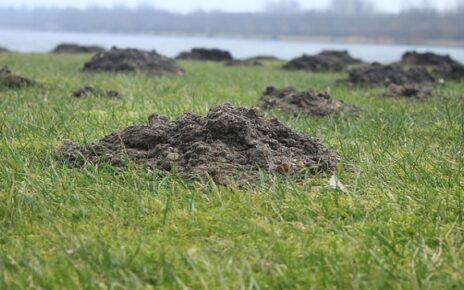
Beagle 2 Mars mission was close to succeed, but it failed to unfurl all its solar panels, according to a latest study carried out by a team of scientists from the University of Leicester and De Montfort University.
For over a decade, it was believed that the Beagle 2 – launched in early 2003 – crashed somewhere on the surface of the red planet, moments before it was to land on the Martian surface in December 2003. The mission failed and the bicycle wheel-sized lander never sent signals back to earth. Beagle 2 was designed to study the atmosphere and soil of Mars for signs of life.
In 2014, NASA captured some pictures of the Beagle 2 landing site, revealing that the spacecraft had actually landed properly but could unfurl only two of its four solar panels. Had it properly deployed all its four panels, the radio antenna of the lander should have worked properly and sent signals sent back to Earth.
The images of the landing site were captured by NASA’s MRO which is currently orbiting the Red planet.
In a new study, researchers from the University of Leicester and De Montfort University compared NASA’s real images with some virtual images.
These virtual/simulated images were created using commercially available visual-effects and animation software. These images showed the virtual lander in a variety of configurations and at different sun angles. These simulated images were then compared with actual images captured by MRO. The results revealed that the closest match was configuration in which Beagle 2 had safely landed and deployed at least three, possibly all four, of its solar panels. The study also suggested that the probe could even have worked for some months, but was unable to communicate with the team on Earth.
“The work shows frustratingly that Beagle 2 came so close to working as intended on Mars,” said Professor Mark Sims, former Beagle 2 Mission Manager and currently Professor of Astrobiology and Space Science at the University of Leicester.
According to Prof Sims, the new findings reveal that the Beagle 2 mission team actually “didn’t make that many mistakes.”
In the new study, researchers used the technique of “reflection analysis” to reach their results. Using this technique, they simulated possible configurations of the lander on the Martian surface and then compared the sunlight reflected by the simulated lander with the raw images provided by NASA.
“The De Montfort team were responsible for all the 3D simulation work to test the reflection analysis concept. It involved creating an accurate 3D model of Beagle 2 with surfaces that would accurately reflect virtual sunlight,” said Nick Higgett, leader of the De Montfort University simulation team.
“The visual comparison between the real and simulated images could then begin to identify which landing configuration (1, 2, 3 or 4 deployed solar panels) was the best fit.”
“We are delighted to say that Beagle 2 did not crash but landed and probably deployed most of its panels. Hopefully these results help to solve a long held mystery and will benefit any future missions to Mars.”
Professor Mark Sims added: “Thanks to the effort of the team at De Montfort University they proved that this concept could work and we have gathered more information on the failure of Beagle 2 to communicate and we are one step closer to knowing what happened.”
